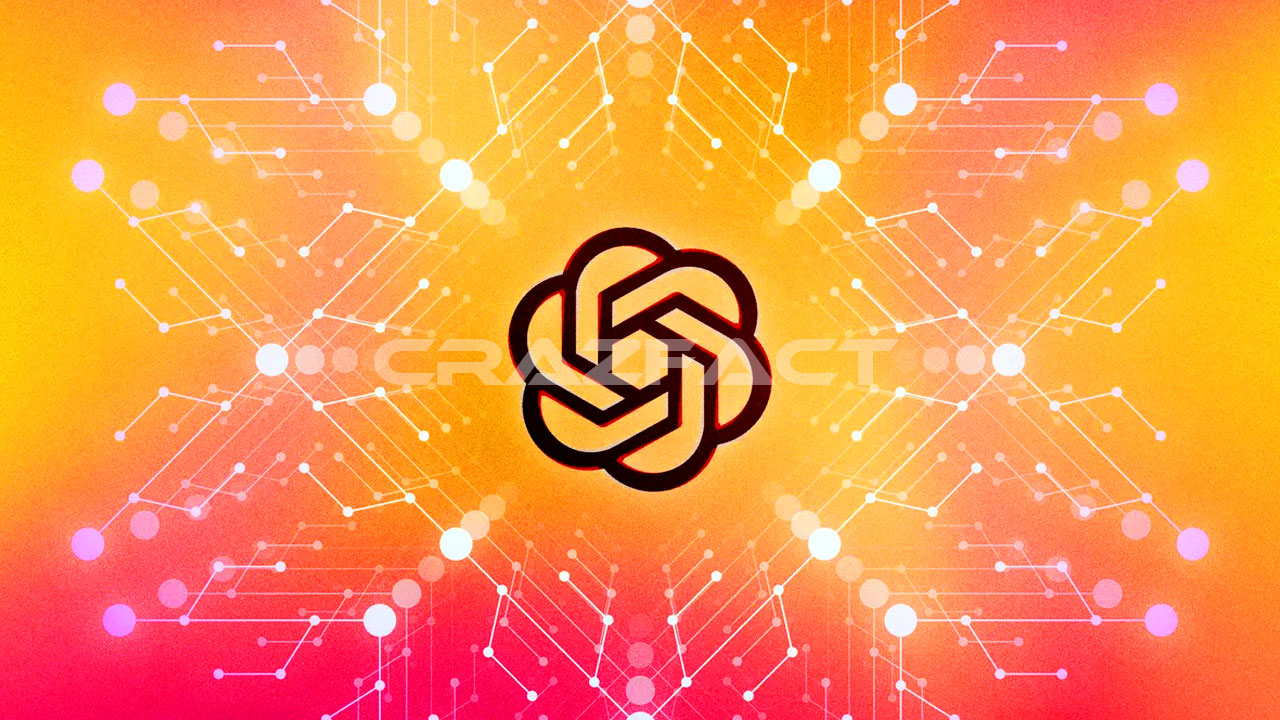Chat GPT (Generative Pre-trained Transformer) is an AI model designed for natural language processing. It is trained on a large corpus of text data and uses deep learning algorithms to generate human-like responses to text inputs. It can be used for a variety of applications, such as chatbots, voice assistants, and language translation.
Chat GPT uses a transformer architecture, which allows it to handle long sequences of text, process multiple inputs simultaneously, and generate highly context-aware outputs. The model is pre-trained on a massive corpus of text data, allowing it to quickly adapt to new domains and tasks.
With Chat GPT, developers can create chatbots that can understand and respond to user requests in a natural, human-like manner. The technology can also be used to develop virtual assistants that can provide information, complete tasks, and interact with users in real-time.
Overall, Chat GPT is a powerful tool for improving human-computer interaction and has the potential to revolutionize the way we interact with technology.
One of the key advantages of Chat GPT is its ability to learn and adapt to new domains and tasks without the need for additional training data. This makes it a cost-effective solution for businesses and organizations that want to implement AI-powered chatbots and virtual assistants.
Another advantage of Chat GPT is its ability to handle multiple languages, making it a versatile solution for global businesses. It can also be integrated with other AI technologies, such as sentiment analysis and image recognition, to enhance its functionality and performance.
In conclusion, Chat GPT is a cutting-edge AI technology that has the potential to revolutionize the way we interact with technology and automate various tasks. With its ability to generate highly context-aware and personalized responses, it has the potential to transform the way we communicate and interact with virtual assistants and chatbots.
Another challenge of Chat GPT is its computational requirements. The model is very large and requires a significant amount of computing power to run, making it difficult to deploy in resource-constrained environments. This can limit its accessibility and usability for some businesses and organizations.
Despite these challenges, Chat GPT has the potential to transform the AI industry and revolutionize the way we interact with technology. As the technology continues to evolve and improve, it is likely that we will see more and more applications of Chat GPT in various domains, such as customer service, education, and healthcare.
In summary, Chat GPT is a powerful AI technology that has the potential to revolutionize the way we interact with technology. However, it also has certain challenges that need to be addressed to ensure its ethical and responsible deployment.
More Facts
Here are some interesting facts about Chat GPT:
- ChatGPT is a language model developed by OpenAI.
- It is based on the Transformer architecture and uses deep learning algorithms to generate human-like text responses.
- ChatGPT is trained on a massive amount of text data, allowing it to generate high-quality text in a wide range of topics and styles.
- It can be used for various natural languages processing tasks such as question answering, text generation, and language translation.
- ChatGPT is available as an API, making it easy for developers to integrate it into their applications.
- It has been fine-tuned for specific use cases, such as OpenAI’s GPT-3, the largest and most powerful language model to date.
- ChatGPT’s training process involves feeding it large amounts of text data and adjusting its parameters to minimize the prediction error of the next word in a sentence.
- It uses a technique called autoregression, where the model predicts the next word in a sequence based on the previous words.
- ChatGPT has the ability to understand the context and generate coherent and diverse responses, making it a powerful tool for conversational AI applications.
- OpenAI has taken steps to address ethical and safety concerns related to the deployment of language models like ChatGPT, including implementing monitoring and control mechanisms to prevent unintended consequences.
- ChatGPT has been widely discussed in the research community and has received attention from both academia and industry for its potential applications and limitations.
- Despite its impressive performance, ChatGPT is not perfect and still has limitations, such as occasional biases, lack of common sense knowledge, and the potential for it to be misused.
- ChatGPT has been used in various industries, such as customer service, entertainment, and education.
- Its ability to generate high-quality text has made it worthwhile for content creation, such as writing articles, composing poetry, and creating chatbots.
- ChatGPT has also been used in research to advance the field of natural language processing and further improve language models.
- The development and deployment of language models like ChatGPT have significant implications for society and raise important ethical questions about the role of AI in society.
- OpenAI continues to work on improving ChatGPT and other language models, exploring new applications, and addressing AI ethics and safety challenges.
- The future of language models like ChatGPT is exciting, with many potential applications and opportunities for advancement, but it will also require careful consideration and responsible deployment to ensure its positive impact on society.
- ChatGPT is just one of the many language models developed by OpenAI, and there are many other similar models developed by other organizations and research groups.
- The field of natural language processing and language models is rapidly evolving, with new models being developed and new applications being discovered.
- Despite its impressive performance, ChatGPT is not a replacement for human intelligence, and there are still many tasks that it cannot perform as well as a human.
- The training of large language models like ChatGPT requires a significant amount of computational resources and energy, making it a subject of concern in terms of sustainability.
- There is ongoing research into improving the efficiency and reducing the environmental impact of language model training, as well as exploring alternative methods for achieving similar results.
- The future of ChatGPT and other language models is likely to be shaped by a combination of technological advances and changes in society’s attitudes and regulations.
- The use of language models like ChatGPT raises important questions about the impact of AI on job displacement and the economy.
- Some experts predict that the widespread deployment of language models could lead to job losses in certain industries, while others believe that it will create new job opportunities.
- The use of language models also raises questions about accountability and responsibility, as it is difficult to determine who should be held responsible for the actions of AI systems.
- The deployment of language models like ChatGPT will likely require a collaborative effort between researchers, industry, and government to ensure their positive impact on society.
- Despite its limitations, ChatGPT represents a significant advance in the field of natural language processing and has the potential to transform a wide range of industries.
- The future of ChatGPT and other language models will be determined by the choices made by society in terms of their development, deployment, and regulation.






